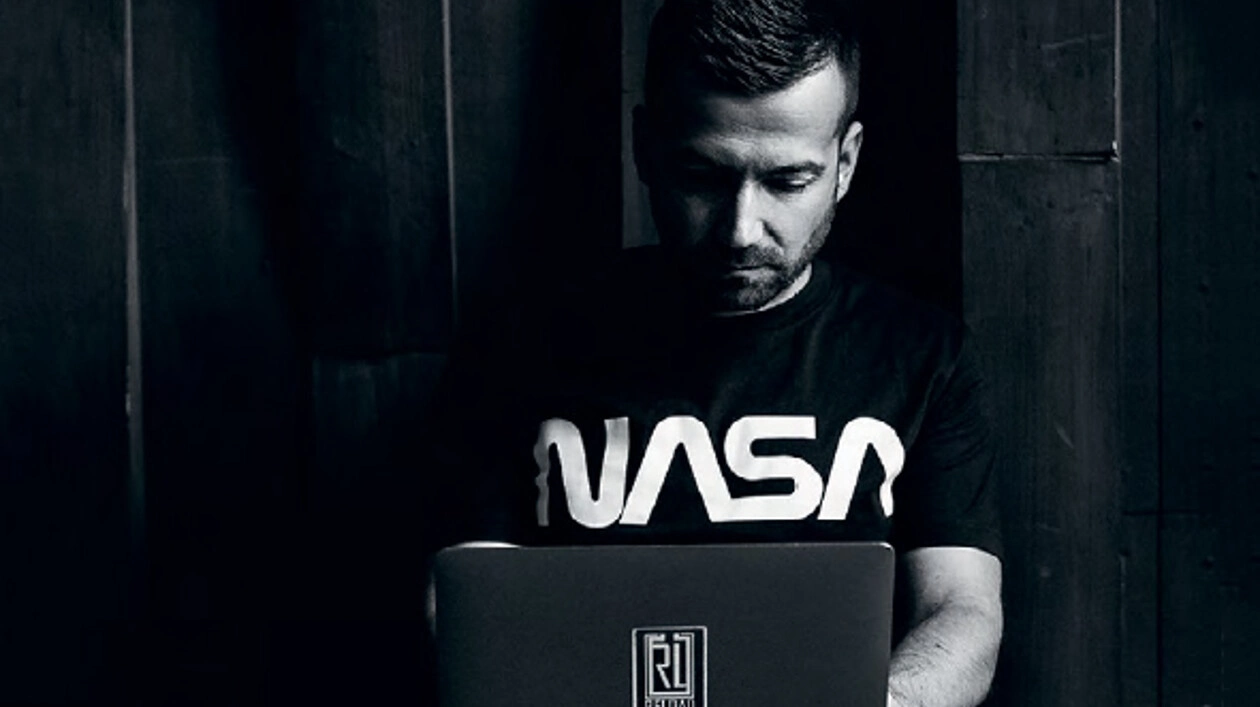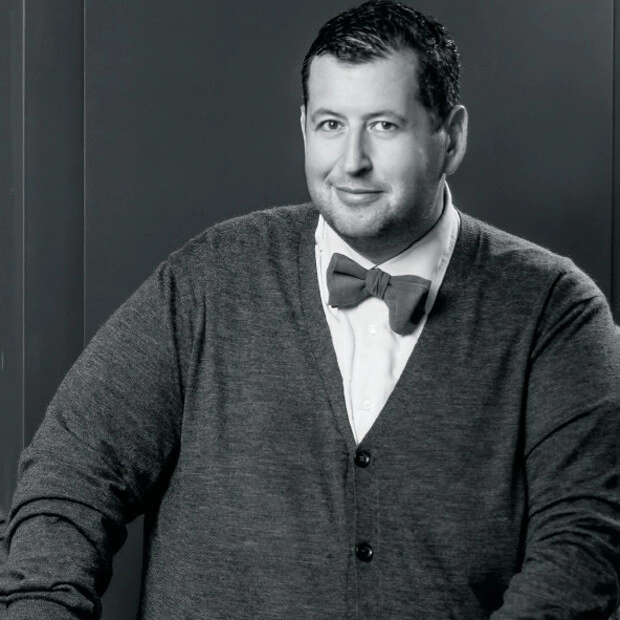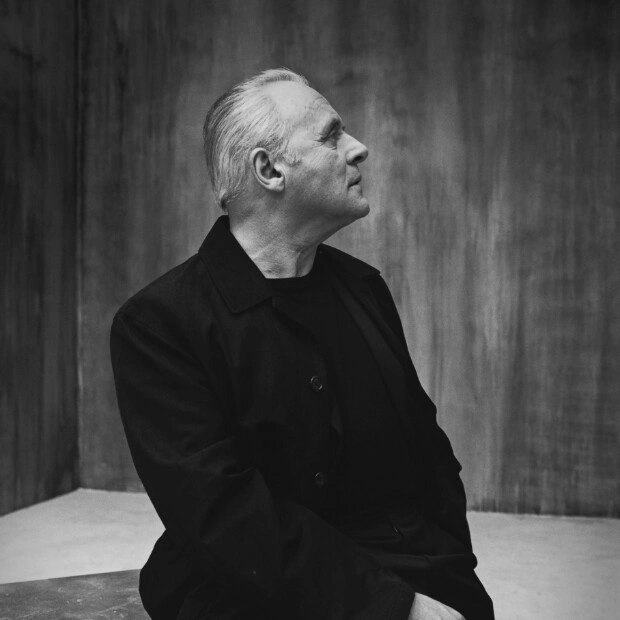This story began in 1768 when the first passenger steam-powered vehicle was built. The early XIXth century saw the introduction of petrol, and just a hundred years later appeared first battery electric vehicles, BEVs for short. 2024-25 will be the watershed time for the automaking industry. Its reconstruction to produce BEVs and Hydrogen-powered vehicles has already started worldwide. However, Artyom Kagan, a co-founder of RELOAD Motors and MaxBionic, is sure that it’ll take the industry at least 7-10 years to reach the necessary product quality.
A few years ago, we started importing BEVs and soon realized the necessity to establish service facilities for maintaining them. We were pioneers and had to learn on-the-go. We bought broken BEVs, took them apart to see their bowels and learn how to bring them back to life. After many attempts, we succeded. Now, we have a professional team of engineers able to take apart, say, a Tesla car, install new software, and reassemble it so well that even official service specialists will find no sign of their work.
In early 2017, we launched a component production project. Many companies produce BEV and battery energy storage components, but none sell their know-how to outsiders. That was the niche we decided to carve out. It’s taken us a lot of time, effort, and investment – about US $250 000 – to work out and test software, enabling us to make any battery configurations with required specifications, be it electro-bus batteries or energy storage components. The app controls the temperature and deterioration level of each battery section, protecting it from over/undercharge. A Lithium-Ion battery must be well-balanced, as its effectiveness depends on its lowest element. So, even if just a few sections are half-charged, the BEV’s drive range will drop dramatically.
At the moment, we’re experimenting with converting petrol-powered vehicles to electricity. We’ve already made a converted Fiat Ducato, most likely before Fiat itself, and taken part in the Aviar project – developing a classic muscle car powered by Tesla components. Now, we’re launching a 1973 Pontiac Firebird conversion project. This time, we’re going to show the whole process from beginning to end, describing each stage and all the technical solutions used by our team. In 2018, we also designed batteries for Izh automobiles and motorcycles produced by Kalashnikov JSC.
One of the main Li-Ion batteries’ problems is the complexity of their recycling. We’re working out a new solution – a storage circuit, extending battery life by 10-12 years, to be used for industrial purposes. Vehicle batteries are lifted away, placed in a storage, and hooked up to the circuit to become energy system elements working as an excess energy buffer, say, by night and a source of energy by day when consumption rises. We’ve already realized two such pilot projects for our Israeli customers.
A massive arrival of BEVs is sure to entail a major reconstruction of the existing energy system, namely building more powerful generation and distribution facilities to recharge a large number of BEVs simultaneously wherever necessary, say, in the centre of Moscow. That’s why such companies as BP are interested in obtaining storage facilities as cheaply as possible. The second-battery-life approach is a solution as, in essence, not only do you get used batteries for your storage for free, but you also get a recycling compensation and use them for 12 years. Our pilot energy storage is being tested by our US customer at the moment, and if everything goes well, we’ll get a long-term contract to industrialize the solution.
We’re also launching a commercial vehicle production project in Germany. Unlike others, we’ve chosen a strategy based on the existing platform of a Top-5 commercial vehicle producer. Our certified stock vehicle is to be put on the market in the second half of 2024.
As to the power supply, we’re moving towards creating a hybrid Hydrogen fuel-cell electric technology profitable for commercial use in long-range trucks, vessels, and aircraft needing sizable onboard power storage capacities. Hydrogen fuel-cells produce energy for electric engines. Not only is the Hydrogen fuel highly effective, but it’s also environment-friendly thanks to its unprecedented zero-emission production. The existing electricity generation requires burning a lot of hydrocarbons, so BEVs are still far from being 100% safe for the environment.
New technologies are of use not only in production and transportation but can also be an essential part of one’s everyday life. MaxBionic Company, designing and producing bionic prosthetics, has made it clear to me. We’ve already got a bionic artificial hand, certified in Russia, on offer. It has a number of competitive advantages, such as a cool cyberpunk design, and it’s not the only one. Prosthetics used to have a skin imitation to look like real limbs, but these days, many customers, especially those under 30, opt for the bionic style considering it a schtick. The first hand generation can be programmed to make up to 30 gestures controlled by sensors fixed on the outside of the device or on the user’s muscle endings. Now, we’re upgrading the software for the second generation, planning to equip it with a gyroscope, and testing an artificial intellect able to adjust the hand to each user’s needs. The app will contain ten preset gestures, and after analyzing their usage, the AI will rearrange them according to the user’s priorities.
We’re also recruiting a new marketing team to make our European market entry successful. It’s quite a challenge as two big prosthetics producers dominating the market are gradually taking over smaller ones. One of the biggies is Ottobock, a German company we’re going to compete with on their territory, which will give us a chance to be noticed quickly.
On the other hand, we’re planning to develop new products – an elbow joint, a forearm, a knee joint, and feet. It may sound out-of-this-world, as if we could assemble a whole human body in the end. In the meantime, no illusion meant, as we’re still in the beginning, and all such prosthetics are, as yet, quite far from being as functional as the human limbs. The artificial parts’ mechanics, mobility, and flexibility are still limited, so users cannot finger a pen freely, for instance. Even if such a function becomes a reality, the end product will be way too expensive. In the meanwhile, the current price is already high enough for average customers - about 1 700 000 roubles. Still, it’s much cheaper than the European and American analogues of the same functionality. Developing an affordable, serially-produced, light, and reliable device able to fulfill all the users’ commands and serve for two years without breaking down takes years of fine-tuning the production technology and experimenting with materials. Now, we use aluminum and high-quality plastics. Carbon would be ideal, but the end price of such a prosthetic would rocket sky-high. By the way, a bionic artificial limb has a lot in common with a BEV – an app-controlled battery and several high-precision electric engines complete with controllers.
We’ve decided to relocate our brands to Europe because marketing Russian-made hi-tech products on foreign markets is next to impossible. Nonetheless, designing, engineering, some manufacturing, and assembling BEVs and hands, aimed for the Russian market, will remain in Russia.
The new technologies we’re developing are supposed to change our customers’ living standards for the better. Fuel-powered vehicles’ emissions have already been minimized to the maximum, but it’s still not enough to meet the new EEC environmental safety requirements. Before long, commercial companies will have to switch to BEVs, and the private vehicle market will follow suit. The future belongs to our technologies, and it’s no romantics but inevitability awareness.






